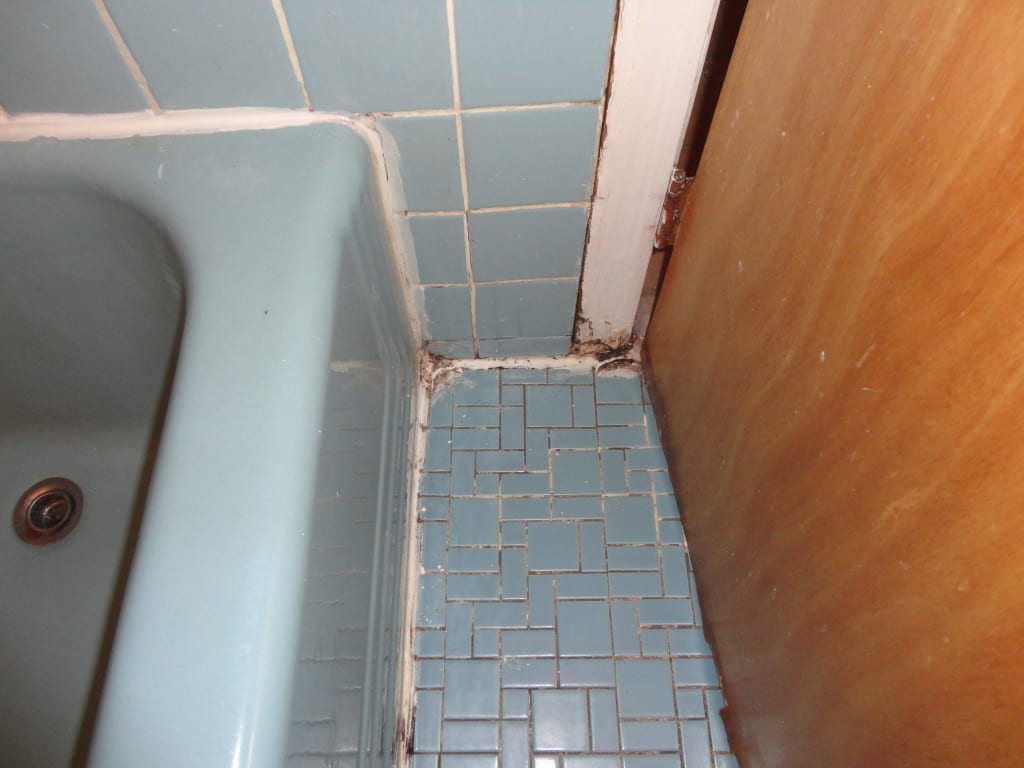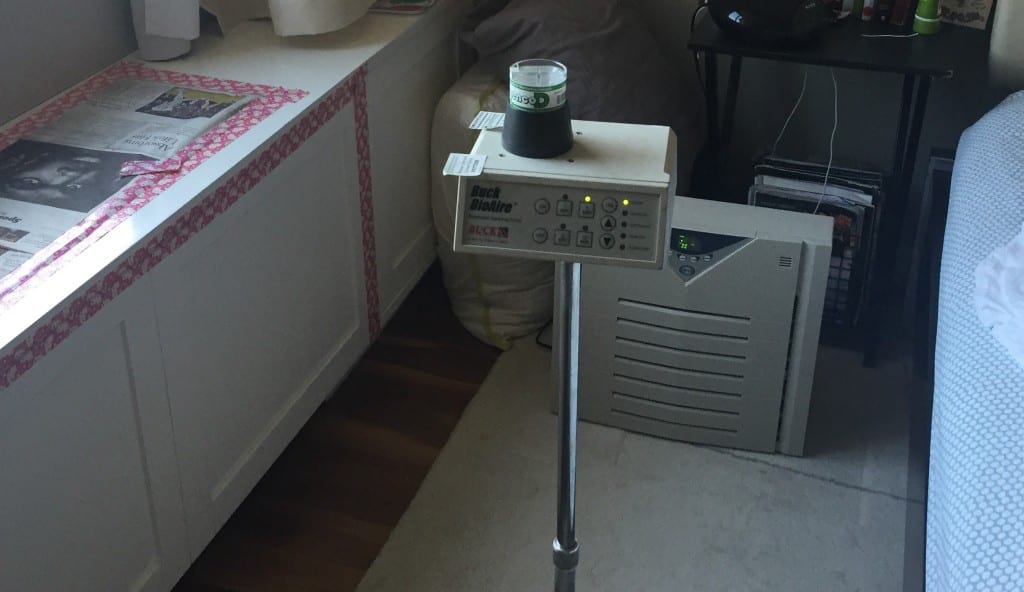What DryEase Mold Removal Does
What DryEase Mold Removal Does

DryEase Mold Removal is an NYC based mold remediation and Flood Water Cleanup company that also operates in the greater NY and NJ areas.
Emergency Water Restoration is a service we provide for properties with excess water, such as flooded basements or homes damaged by fire and subsequently the water used to put that fire out. DryEase Mold Removal has the tools and knowledge to sufficiently aerate and dry building materials to prevent decay and mold colonization. We know that the faster flooding is dealt with and the sooner materials are allowed to dry, the damage can be minimized and mitigated, which is why we provide emergency 24/7 fire and flood restoration services.
Mold Remediation, Mold Removal, and Mold Cleanup are DryEase Mold Removal’s specialties. Our certified, licensed mold remediators have extensive backgrounds in residential mold removal, commercial mold removal, municipal mold removal, and industrial mold removal. They apply years of experience and hands-on knowledge to each project, uniquely tailoring them to provide the most exhaustive mold remediation available on the market today.
Mold Prevention is a key component in our mold remediation cycle. An ounce of prevention is worth a pound in cure, after all. Our aim is to help consult and educate on mold, mold causes, and mold prevention. DryEase Mold Removal also plays an active role in finalizing mold remediation efforts. We quarantine and decontaminate the infected area, and apply various measures to prevent future colonization and infestation such as using anti-fungal coating and water sealants.
Mold Evaluation is critical prior to any remediation plans. A cursory glance at the problem isn’t enough to form a quality substantial report or project. DryEase Mold Removal sees thousands of cases per year, some fortunately false flags with others calling for immediate remediation, so we know exactly what to look for when it comes to a mold inspection.
The Tools Used In Mold Evaluation
The Tools Used In Mold Evaluation

Before mold removal, there is mold evaluation. Because mold can be very invasive, even if it only seems like a spot on a surface, and produces known toxins, it is critical that the proper technique and tools are utilized when it comes to mold evaluation and mold remediation. A mold evaluation should not be destructive or invasive; not only is it usually unnecessary to remove walls or flooring during an investigation, the disturbance can easily cause cross contamination by releasing spores into the air before the area has been properly sanctioned off for remediation. It is also pertinent to understand moisture sources that may be feeding the mold’s need for water, thus allowing rehabilitation and future prevention. This is why tools such as the infrared camera, the moisture reader, air pumps, swabs, and photographs are an important part of the mold remediation process.
Infrared Camera
Also known as the thermographic camera. This is a device that produces an image of visible light using infrared radiation in a similar fashion to the common camera. While common cameras typically have a 400-700 nanometer range, infrared operates in wavelengths as long as 14,000 nanometer. In the field of mold remediation, infrared cameras not only detect levels of moisture unable to be sensed by humans but reveal moisture sources from behind material such as walls. It does this by reading the variances of heat, or lack thereof, produced by any given object.
Moisture Reader
Also used in detecting water and moisture sources, the moisture reader detects levels of moisture around a surface that humans cannot. These are particular useful because they readout the level of moisture, actually detecting and reading the water particles.
Air Pumps
Combined with a sterile filter, an air pump sucks in the surrounding area’s air for a certain period of time, pulling any mold spores in with it that become trapped on the filter. When the machine is done, the mold inspector or mold evaluator seals the test and gives it to a laboratory for analysis. This test reveals mold spores within the air, their species, and their count.
Swabs
Taking a gentle swab sample of visual mold is another way to determine the species of the mold. This is useful, because some instances of mold are benign, while certain species are cause for quite a concern.
Photographs
Photographs of visual mold, moisture sources, leaks, and potential moisture intrusion areas are used in the compiling of a mold inspector or mold evaluator’s report. They act as documented evidence and are often used to form remediation plans.


Recent Comments